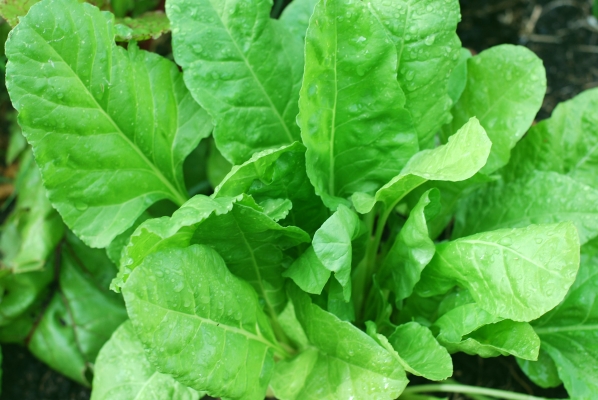General Information
Spinach belongs to family of "Amaranthaceae" and it is native of central and western Asia. It is perennial vegetable and cultivated throughout the world. Spinach is also known as "Palak" in Hindi. It is a rich source of iron, vitamin and anti-oxidants. It has many health benefits. It helps to increases immunity. It is good for digestion, also good for skin, hair, eyes and for brain health. It has anti-cancer and anti-ageing property. Andhra Pradesh, Telangana, Kerala, Tamil Nadu, Uttar Pradesh, Karnataka, Maharashtra, West Bengal and Gujarat are leading producing states of spinach in India.










